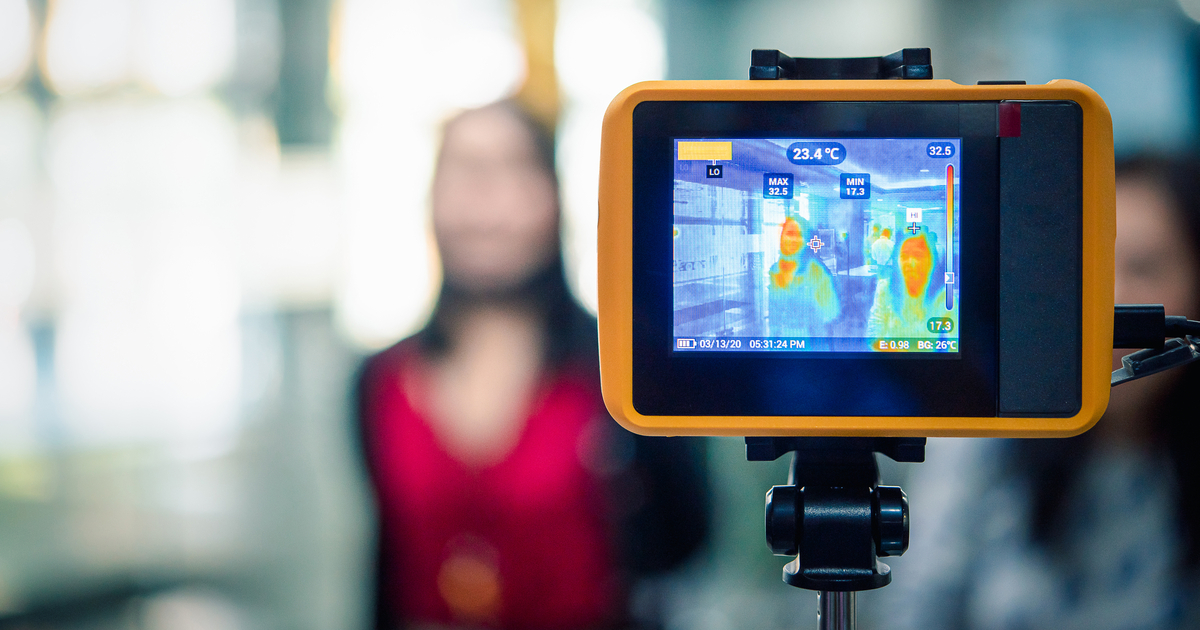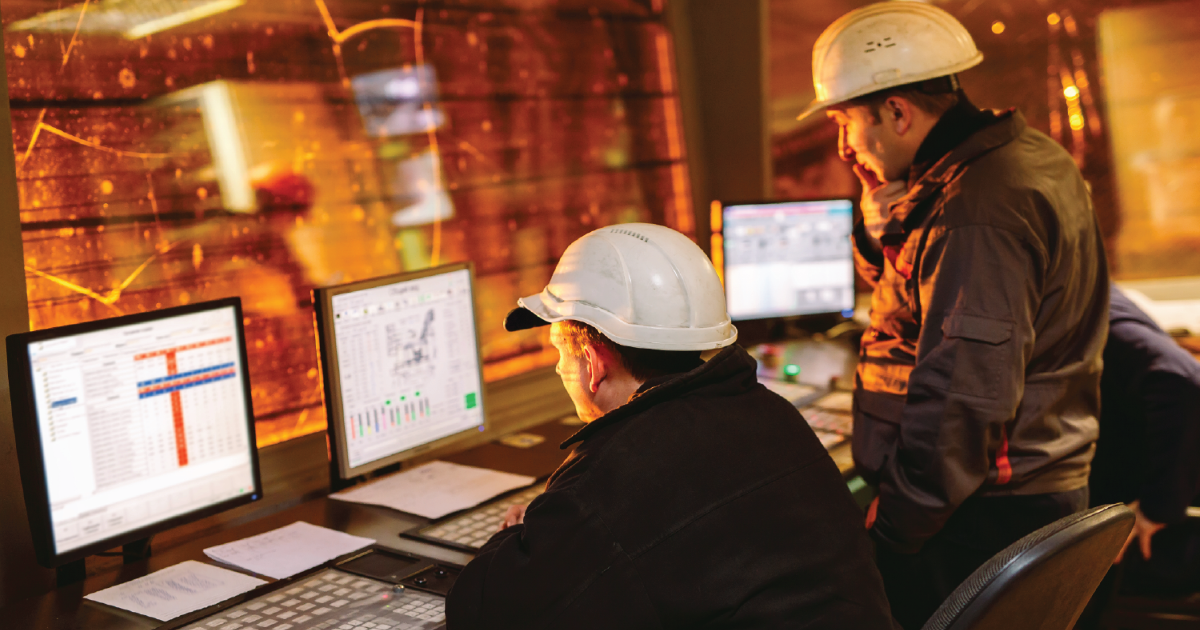Managing Buildings in the New Normal: Technology Plays a Critical Role

These are strange times for all industries, and the built environment is no exception. COVID-19 has created unprecedented changes.
For building owners, integrators, contractors and solution providers, this virus has created new implications not only on the business side, but on the operational and environmental side as well.
As we navigate and consider how to best prepare our facilities for a "Ready State to Return," the important questions are:
What are the changes that will both be needful and/or mandated? How do we begin to answer and have action plans in place to address these changes? While there is no simple/single answer, we must lay the groundwork to deal with what will be permanent changes or the new normal in we how manage and operate buildings.
So, what are the critical conversations we should be having?
Here are several that I have considered. While I am sure there are additional ones that should be included (I don’t profess to have them all), this list was born from conversations I have had with a variety of people including: owners, operators, integrators, analysts, technology and solution providers, colleagues and attorneys.
Operational & Environmental Implications
- What are the implications of restarting equipment and systems safely?
- What new costs are anticipated now and required to follow the new reality?
- How important will tracking building occupancy become in adhering to federal or local social distancing requirements?
- What does proactive and preventative maintenance look like now?
- What will be the square footage and amount of enclosed space required per person? How will it vary by building type (i.e., commercial office, school, assisted living, retail)?
- For a space that is not occupied, are the new requirements for conditions to be maintained different?
- How is building usage going to change and what effect will it have on building operational systems?
- How is the service and delivery model going to change?
- How will the open office environment change? How is it going to change the controls of building systems?
- What role will diagnostic and identification capabilities play in order to limit the spread of infection?
- How will an increased use of sensors especially those related to IAQ, humidity, occupancy, viral etc. help in monitoring both facility and occupant hygiene?
- How significant of a role will HVAC systems now play to combat airborne transmission/spread of illnesses. What is needed to address this?
- The increase in the use of data and analytics are paramount. New data points such as cleaning records, air balance, IAQ, occupancy by square foot and more. How will it be handled? How will it be analyzed? How will it be visualized? How will it be exchanged?
- How do we address a staggered occupant work environment and social distancing requirements? What measures will we have to take now or in the future to promote social distancing?
- What are the short-term business implications? What are the long-term business implications?
- What will be required when an event such as this occurs again? What measures can we put in place now that will help reduce the crisis levels, we are experiencing now?
- What new regulations, building codes and compliance regulations will now be required?
- Will health screenings be required to enter a building?
- What new privacy regulations will need to be met?
- What about pandemic insurance?
- If a building viral illness rating becomes mandatory, how will we handle it and how will we ensure we are meeting the requirements? What happens if we do not?
- As the COVID-19 pandemic continues to unfold, there are already a number of coronavirus-related court cases filed over a range of different claims. What steps are needed to minimize litigation for building owners?
- Should there be a government-provided financial incentive program to assist in upgrading our facilities to meet the new the challenges of a pandemic? If yes, how do we take advantage of it?
- Occupants are looking for reassurance that the facility and working spaces are as safe as possible. A trusted environment is imperative. What are the new Essential Safety Measures (ESM’s)? What measures need to be taken to be assured that the building has been thoroughly cleaned/sanitized on a regular basis and what new protocols are needed, ensuring it remains that way. How do we instill confidence?
- Cybersecurity and its importance have risen to a new level, especially with the continuation of the remote workforce. In a matter of a short time, the built environment changed from a connected network to a distanced entity. While cybersecurity will always continue to be an issue, COVID-19 has created increased vulnerabilities and more opportunities for ransomware attacks, malware, online intellectual property theft and phishing attempts. What new measures should be taken?
- The topic of risk avoidance and mitigation has always been a complex issue. Now, add to the conversation, the risk associated with a pandemic, and the ball game has changed, and the stakes have gotten higher. Right now, there is probably no issue that has become more crucial, more rapidly, but is less understood. So how much risk are you willing to take or sustain?
Buildings have made great strides over the last decade. They operate at better performance levels and in many cases are energy efficient. COVID-19 has both short- and long-term effects that require changes.
Gone are the days solely focused on energy and efficiency. Buildings now need to provide an emotional reassurance that the space is safe. The coronavirus pandemic has emphasized the need for healthy buildings. Better indoor air quality, ventilation systems and increased facility hygiene are now greater priorities. COVID-19 has highlighted the importance of remote access and real-time equipment, device and system analytic and diagnostics capabilities and the monitoring of occupant behaviors or patterns.
Building automation, integration and remote operations will continue to increase. We are all mindful that this rapidly changing environment is impacting us all, and we are doing everything we can to ensure a safe, healthy and efficient built environment. We - the building and facility community - have a vital role to play in reducing the spread of viral illnesses such as COVID-19. Change is hard, but not changing is harder. There is no doubt that this pandemic has forever changed the perspective of our buildings and facilities.
Useful Resources
Here are five websites you may find of interest for this topic:
The Healthy Buildings Team at Harvard’s School of Public Health
Foundations of a Healthy Building
A Five-Layered Defense for Workplace Reopening
Cushman & Wakefield’s Guide to Reopening Your Workplace
This Week’s Sponsor
Smart Technology. Smart Equipment. Smart Solutions. Embracing open software and hardware platforms, Lynxspring develops and manufactures innovative edge-to-enterprise solutions. We enable better building automation, energy management systems, control systems and IoT applications. Deployed in billions of square feet of commercial buildings across North America, Lynxspring’s solutions simplify integration, interoperability, and help connect your building’s data.
Read Next
 4/18/2024
4/18/2024
Best Practices for Managing Lease Renewals When your commercial leases come up for renewal, it’s a great opportunity to assess your real estate portfolio, consider the value of current leases and possibly negotiate better terms.
 4/11/2024
4/11/2024
3 Reasons to Incorporate AI Into Your Talent Retention Strategy Introducing new technology into the workplace is often met with suspicion.
 4/4/2024
4/4/2024
Operational Technology (OT) Data Data has been a cornerstone of business since the early days of computing in the 1960s.
 3/28/2024
3/28/2024
The Tech-Forward Response to Rising CRE Cap Rates is Also People-First Cap rates on commercial real estate have been rising for five consecutive quarters, leading to an estimated 20% drop in value for many property types, according to CBRE’s latest U.S. Real Estate Market Outlook.







.jpg)

